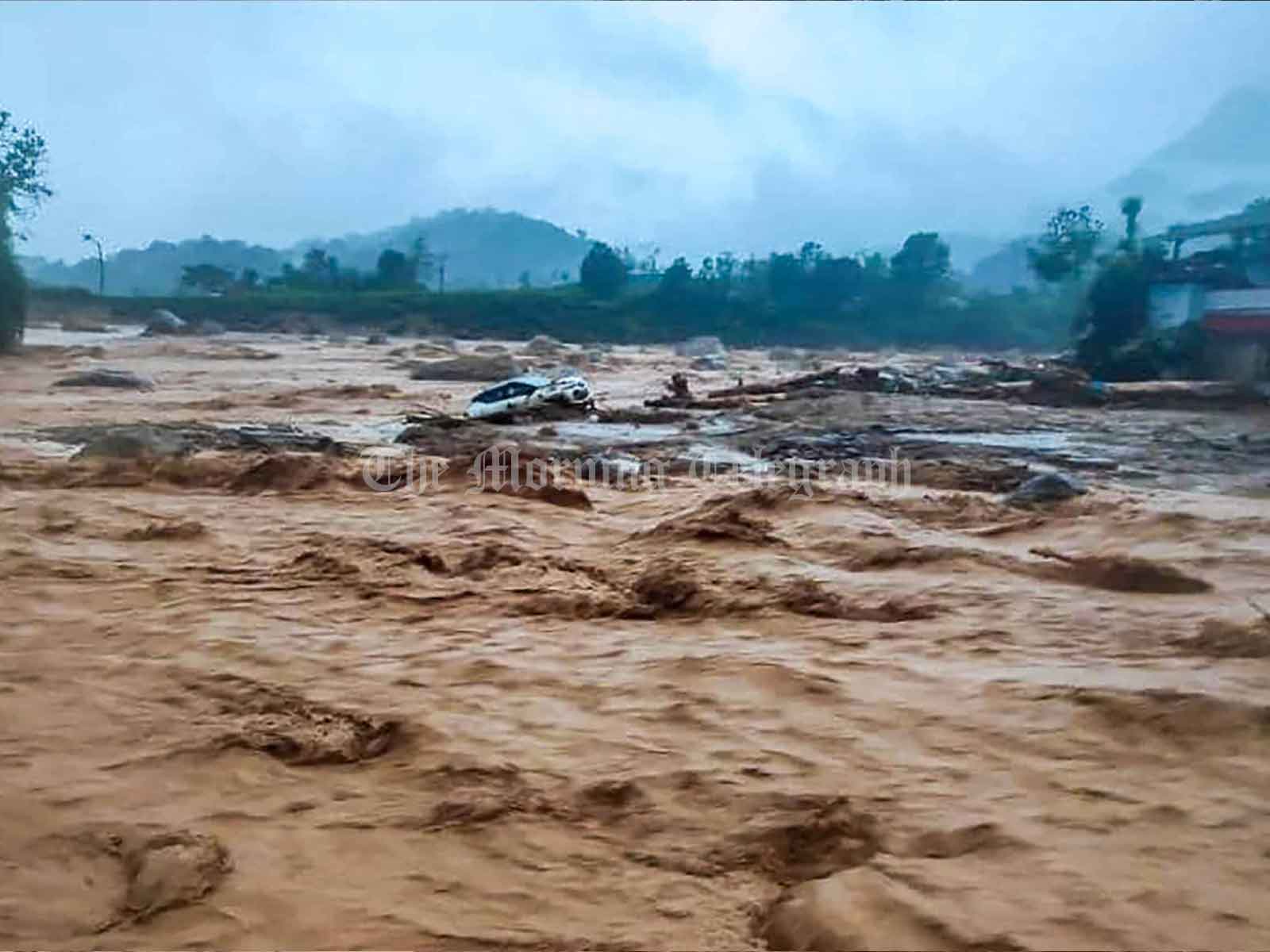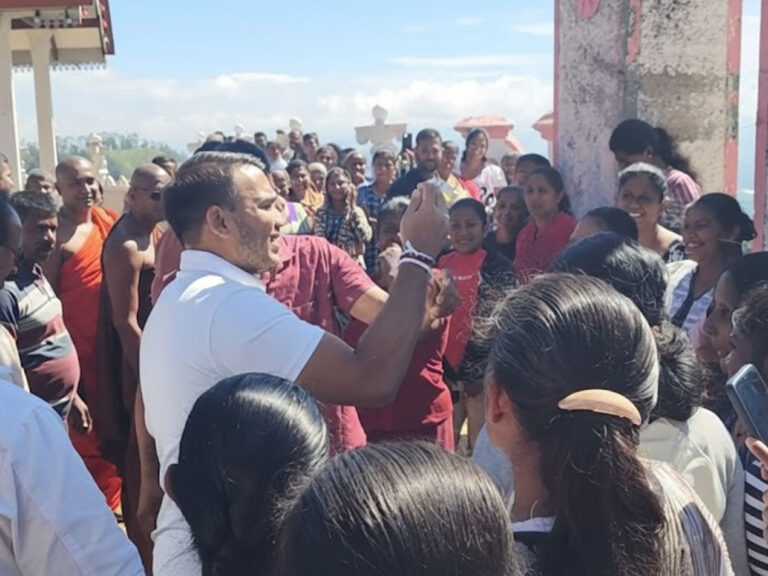
In the southern Indian state of Kerala, heavy rains have triggered devastating landslides, resulting in at least 123 confirmed deaths, with many more feared trapped in areas that remain inaccessible to emergency services. The landslides struck the hilly regions of Wayanad district early on Tuesday, affecting several areas including Mundakkai, Attamala, Chooralmala, and Kunhome. These regions, part of the Western Ghats mountain range, are particularly prone to landslides during the monsoon season due to their geographical and climatic conditions.
Rescue operations are underway but are severely hampered by ongoing heavy rains and the collapse of crucial infrastructure, such as a key bridge that connected Chooralmala to Mundakkai and Attamala. Social media has been flooded with images and videos of muddy torrents sweeping through streets, destroying homes, and stranding vehicles. The bridge collapse has isolated several communities, making rescue efforts even more challenging.
The disaster has impacted nearly 350 families, many of whom lived in makeshift accommodations near tea and cardamom estates. The workforce employed at these estates has contributed to the high number of casualties. Eyewitnesses have described harrowing scenes of trapped individuals and damaged infrastructure, with rescue workers struggling to reach those in need.
Kerala’s Chief Minister Pinarayi Vijayan has described the disaster as having “wiped out an entire area” and has mobilized resources for immediate relief. Local hospitals are treating the injured, and over 3,000 people have been evacuated to 45 relief camps. In response to the disaster, Prime Minister Narendra Modi has spoken with Chief Minister Vijayan, offering federal support. Modi announced compensation of 200,000 rupees ($2,388; £1,857) for the families of the deceased and 50,000 rupees for the injured, highlighting the federal government’s role in supporting state-level disaster management efforts.
This landslide is the most severe disaster to hit Kerala since the catastrophic floods of 2018, which resulted in over 400 deaths and widespread destruction. A previous landslide in 2019 near Puthumala, also in Wayanad, resulted in 17 deaths, illustrating the ongoing risks associated with the region’s monsoon season.
The affected districts are currently on high alert due to forecasts of continued heavy rainfall, and schools and colleges in 10 out of 14 districts have been closed as a precautionary measure. The immediate focus is on rescuing trapped individuals, providing aid to the displaced, and assessing the full extent of the damage. Long-term efforts will likely involve rebuilding infrastructure, improving disaster preparedness, and addressing the underlying vulnerabilities of the region. The disaster has also drawn international attention, with global media coverage highlighting the severity of the situation and the challenges faced by rescue and relief teams.




